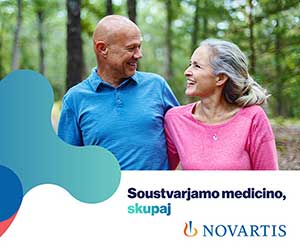App data help identify problematic road sections
Slovenia's largest insurance company has for years had a mobile app that tracks user driving behaviour in exchange for cheaper insurance. The data it has gathered has now been anonymised and put to use in the form of a map that identifies the most problematic road sections in the country.
The data from the Zavarovalnica Triglav app Drajv includes speeding, use of mobile phone during driving and telematics such as acceleration, deceleration and braking. All this has been overlaid on location data of traffic accidents.
The main finding is that most speeding occurs in the 30km/h zone in dense settlements. Most such zones are in the vicinity of schools, kindergartens and hospitals.
But there is one section of road where the situation is even worse. On a single section of the southern Ljubljana ring road, the app, which is used by roughly 100,000 drivers, detected no fewer than 270,000 instances of speeding.
More broadly, the app data proves that drivers use their phones almost everywhere, and certain road sections where phone use is highest coincide with scenes of past accidents, according to chief app developer Boštjan Kop.
However, the data also shows that those who have installed the app have 15-20% fewer damage claims than those who do not, implying that it positively affects driving habits.
Triglav hopes that the map will be used by local communities, transport experts and state-level decision makers in devising traffic strategies.
Marko Grobelnik, an artificial intelligence (AI) researcher, said the data could be used by AI to find the safest routes, bypass congestion, and warn about potential dangers that other systems do not detect.
Andrej Brglez, a sustainable-transport researcher, said the new tool creates the opportunity to "tackle traffic safety and various problems in this field in a different way. We have the tool, now we have to use it in practice."



